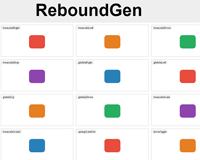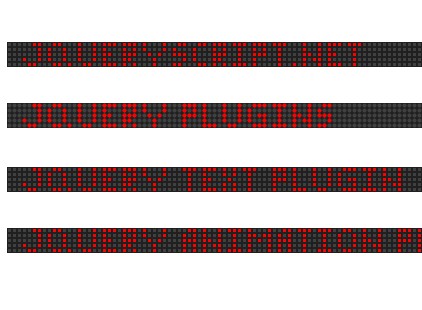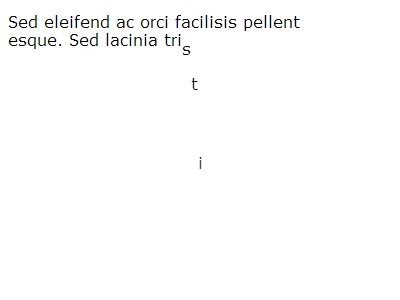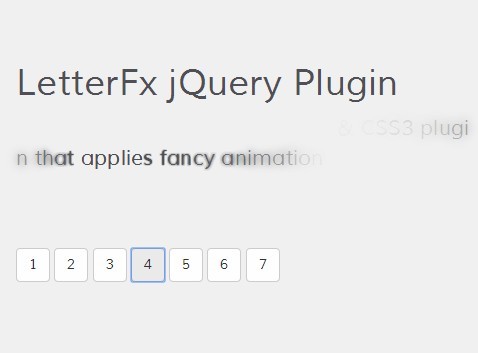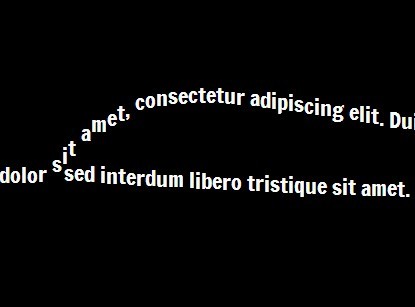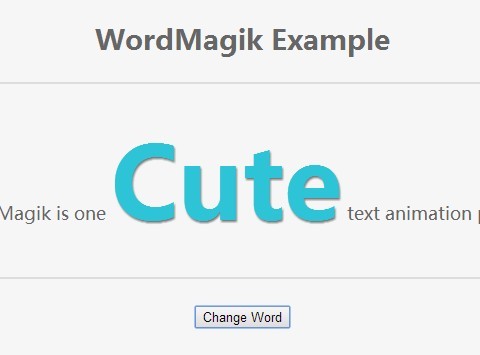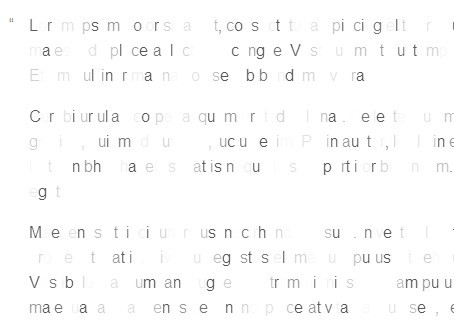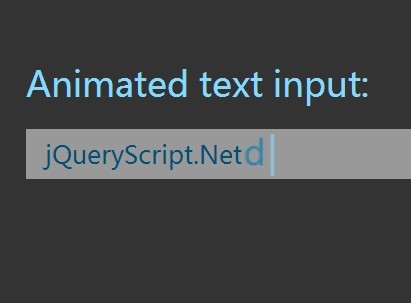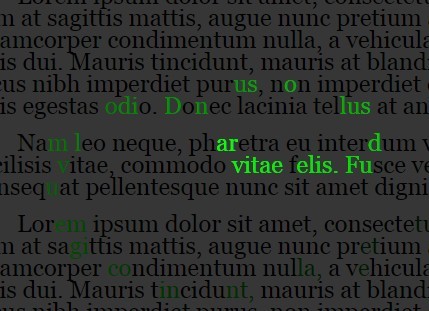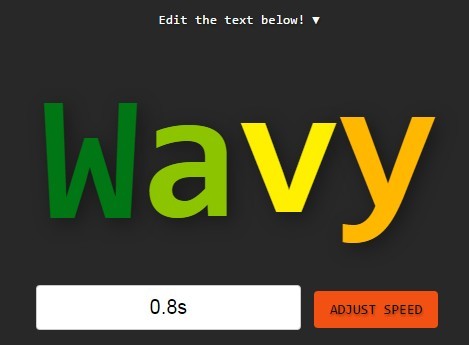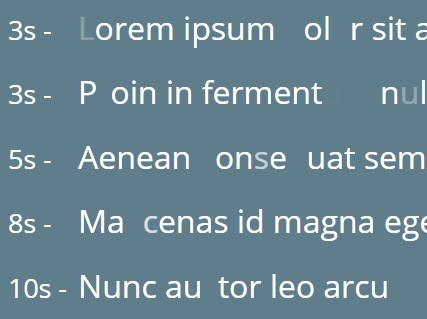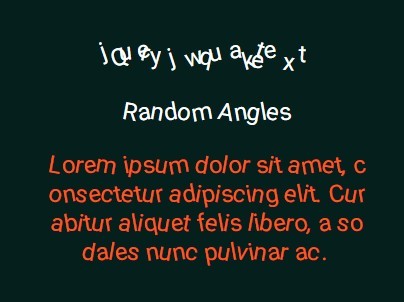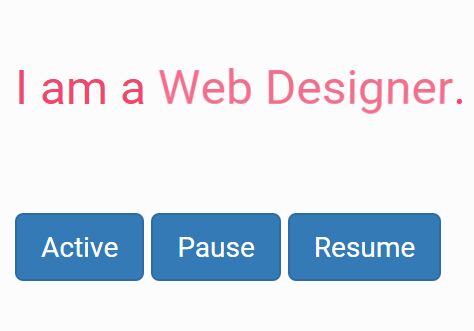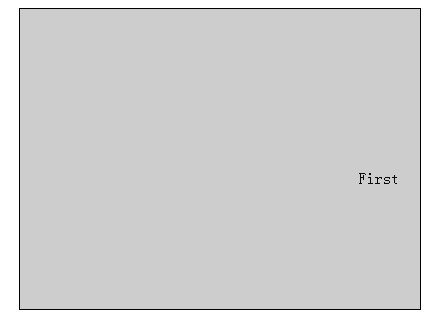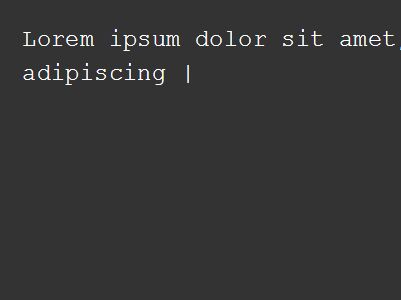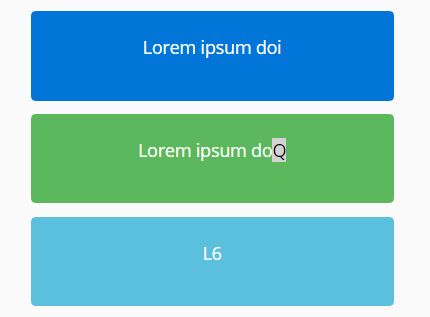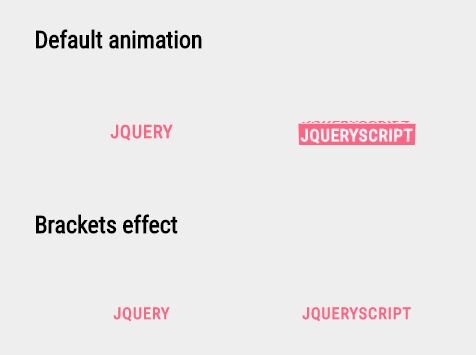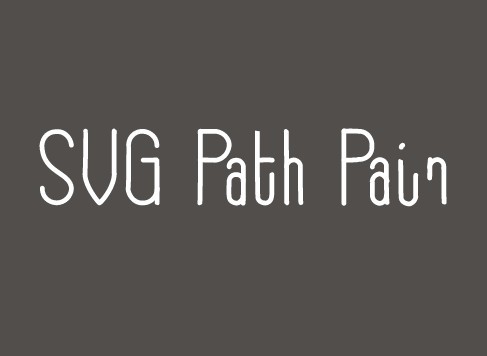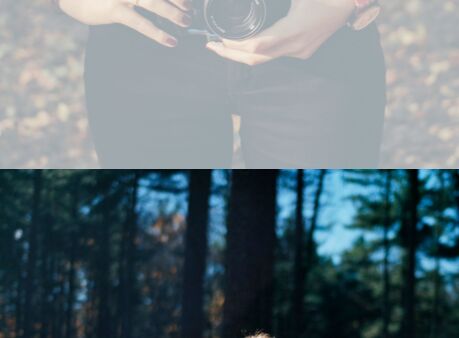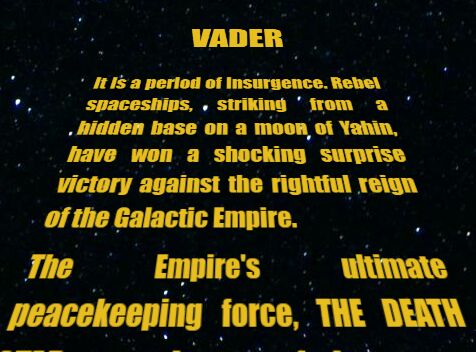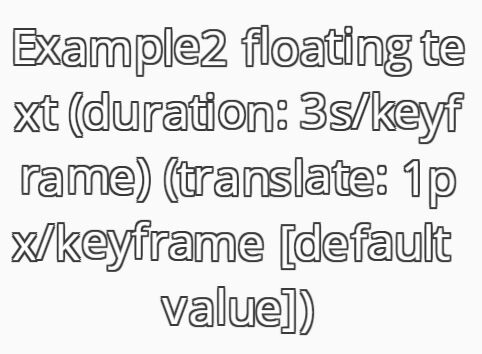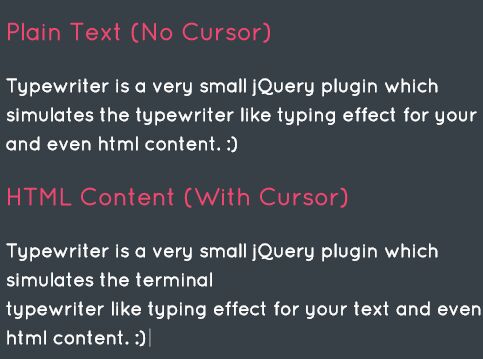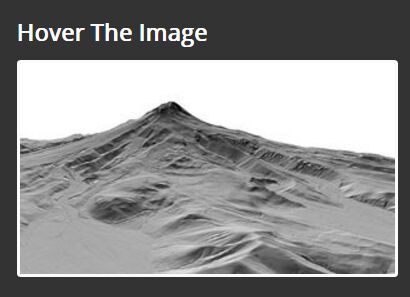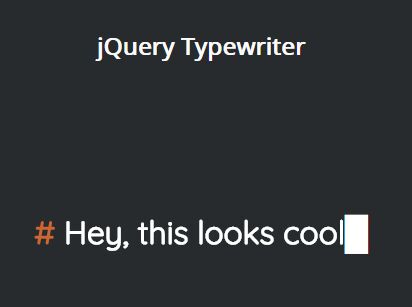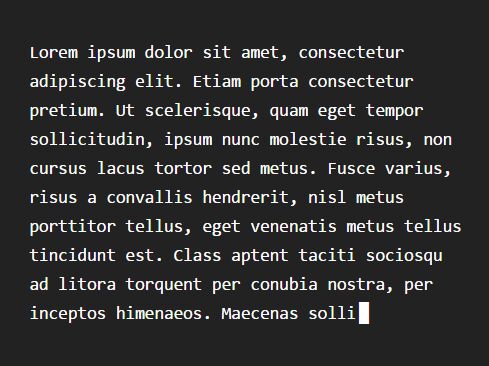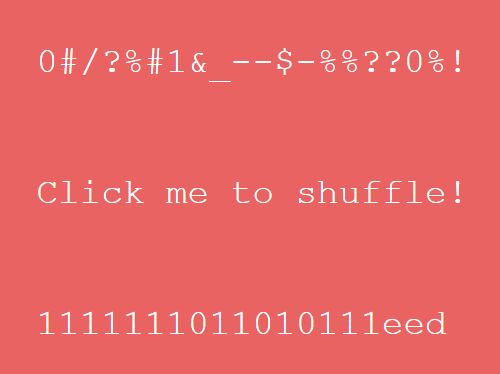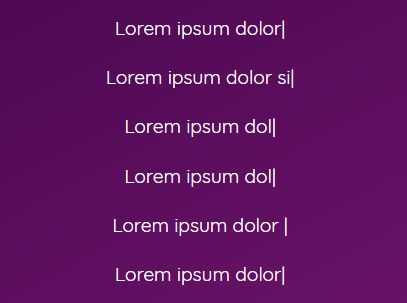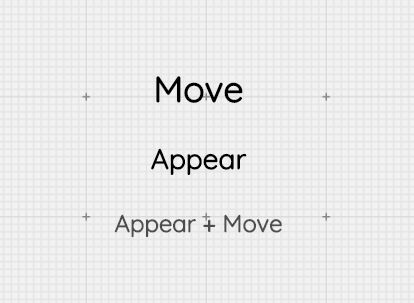ReboundGen
SASS/CSS3 Keyframe animation generator built on Facebook's Rebound.js. Similar to Animate.css
Examples
See here for a list of the 'out of the box' animations.
How to use
Easy instructions
- Download this package.
- SCSS files are available in the
dist/folder. You can import the_animations.scssfile to include all the animations. - Simply put the corresponding class on the element you want to animate. For Example:
bounceInRight. Note that for the flipping animations you may needperspective: XXXXpx;on the container element for the full effect.
It's recommended that you comment out animations you aren't using from _animations.scss to save on file size. If you just want to use a pre-built css file, you can find it here (47kb.)
How to customize and build your own animations
- Clone this repo
git clone https://github.com/dwarcher/reboundgen.git . - Install Grunt if you haven't.
- Edit the
data/data.json(see below for more details) - Run
grunt build - Built animations will go into
dist/ - Or, you can run
grunt watchto build whenever you make a change.
This will build individual animations, compiled .css files and automatically add any new animations to the example page so you can see them immediately. This can be a big help for quickly developing new animations.
Alertnately, you can compile from code.
Install the module with: npm install reboundgen
var reboundgen = require('../lib/reboundgen.js'); reboundgen.generateFromFile("data/data.json")This could easily be turned into a grunt or gulp plugin...
Data format
{ "outputFolder": "dist/", "animations": [ { "steps": 50, "name": "bounceInRight", "tension": 50, "friction": 5, "fadeIn": 150, "hardBounce": true, "bounceDamp": 0.4, "properties": { "translateX": { "friction": 3, "start": 500, "end": 0 }, "translateY": 500 } } ] }steps
Type: Number Default value: 50
The number of keyframes to generate. In most cases you can leave this at 50, since reboundgen will remove unnecessary keyframes. However you can experiment with using lower values like 25 to save on file size.
name
Type: String
The name of the animation and resulting .scss file. Be sure to avoid illegal characters.
tension
Type: Number Default value: 30
Tension of the spring. How quickly it snaps back.
friction
Type: Number Default value: 5
Friction force. Slows the spring motion.
fadeIn
Type: Number Default value: 0
Time in milliseconds to fade in opacity.
fadeOut
Type: Number Default value: 0
Time in milliseconds to fade out opacity.
hardBounce
Type: Boolean Default value: false
Instead of allowing the spring to freely oscillate, bounces the spring as if hitting a wall, when passing the target value.
bounceDamp
Type: Number Default value: 0
Factor of velocity lost when bouncing, in the range of 0...0.99
properties
Type: Object
List of properties to animate. Currently we're suppporting:
- translateX
- translateY
- translateZ
- scaleX
- scaleY
- scaleZ
- rotate
- rotateX
- rotateY
- rotateZ
- skewX
- skewY
originX
Type: Number Default value: 0.5
The transform-origin x parameter in the range of 0...1.0
originY
Type: Number Default value: 0.5
The transform-origin y parameter in the range of 0...1.0
If you specify an object for the property, you can set the start and end. Additionally, any of the above parameters (friction, tension, etc.) can be overriden per property. If you don't specify an object and simply specify a number instead, then it is assumed that you are transitioning from 0 to the number with the default settings.
Known Issues
I've noticed that Safari seems to break when using scale 0.0 as the initial scale when combined with rotation. Using 0.1 works. Also, the 'rubberband' animation seems to cause some rendering issues in Chrome sometimes.
License
Copyright (c) 2014 Dave Wallin
Licensed under the BSD license.
